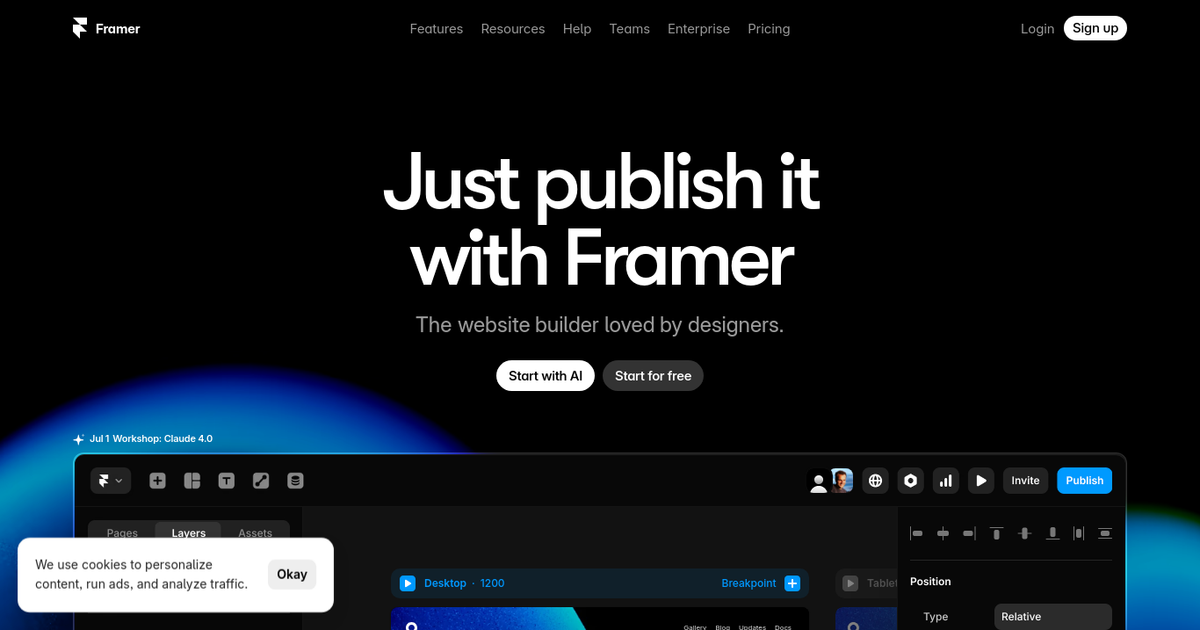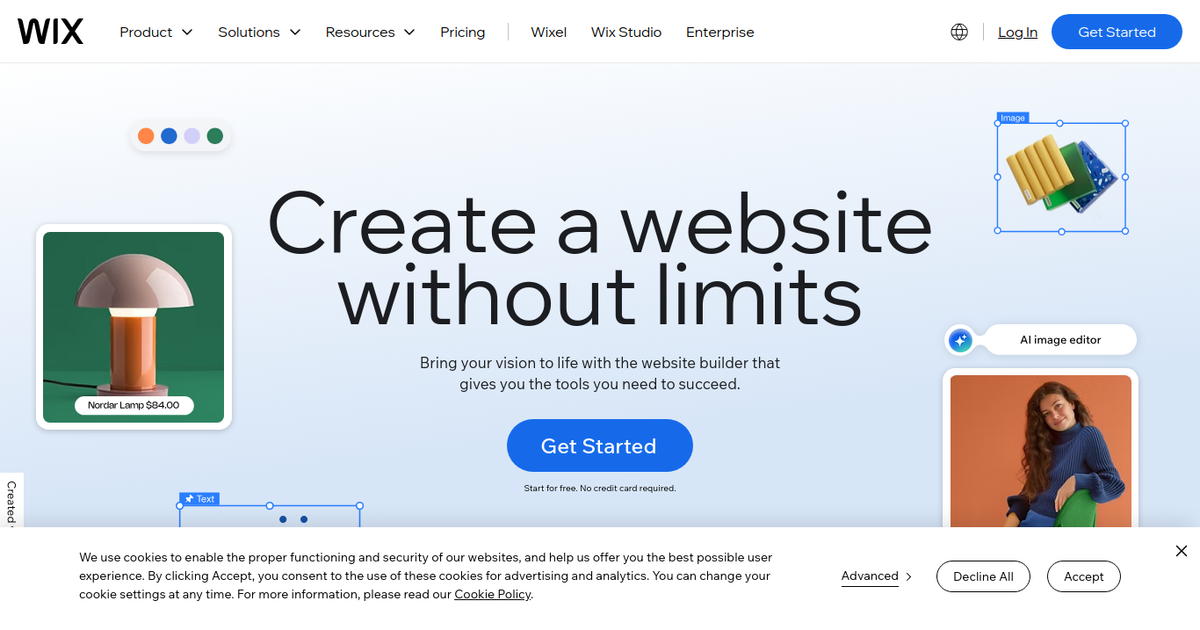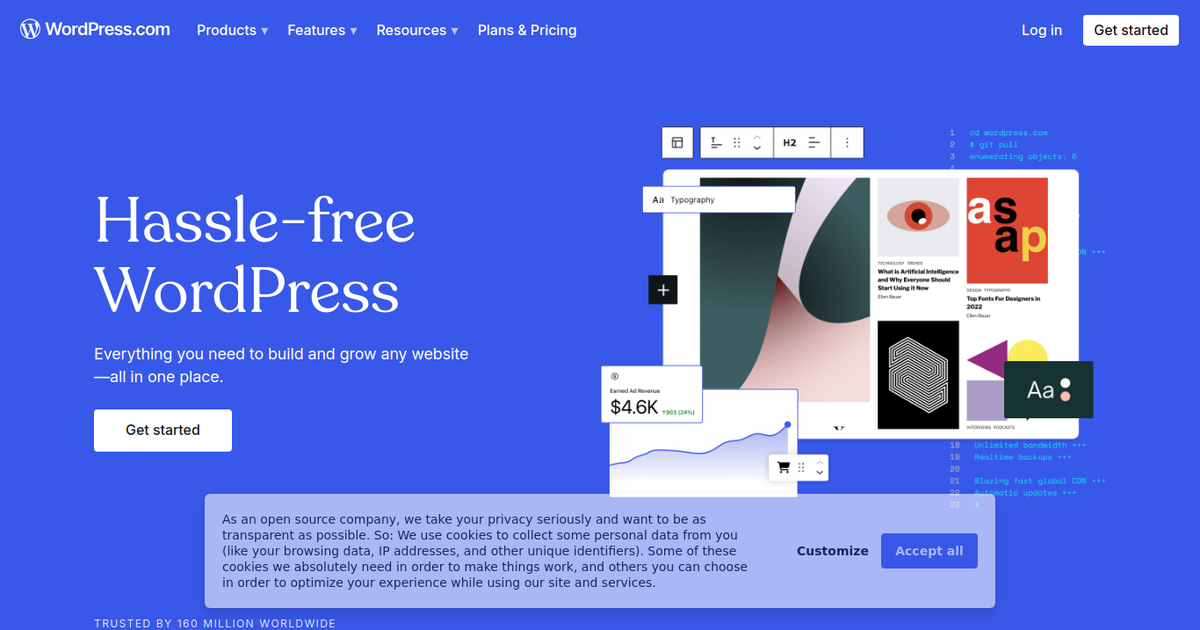
Framer
Framer is a powerful design and prototyping tool that evolved into a full website builder. This review covers its unique features, animations capabilities, and suitability for designers and agencies.
Comprehensive reviews of low-code and no-code platforms to help you build faster without sacrificing flexibility. From visual builders to automation tools, we test and rate everything so you don't have to.
Reviews written by developers, for developers. We understand your needs and constraints.
Detailed ratings across 6 criteria including performance, flexibility, and developer experience.
We highlight both pros and cons, helping you make informed decisions for your projects.
Tools evolve quickly. We keep our reviews current with the latest features and pricing.
Discover in-depth reviews of the best low-code and no-code tools, tested by developers for developers.

Framer is a powerful design and prototyping tool that evolved into a full website builder. This review covers its unique features, animations capabilities, and suitability for designers and agencies.

Squarespace is known for its stunning templates and all-in-one platform. This review examines its design capabilities, e-commerce features, and whether it's worth the premium price.

Wix is a leading website builder that combines drag-and-drop simplicity with powerful features. This review covers its AI website builder, pricing, and suitability for businesses.

WordPress powers over 40% of the web. This comprehensive review covers WordPress.com hosted solutions, WordPress.org self-hosted options, and everything you need to know about building with WordPress.

A candid analysis of IFTTT revealing why this seemingly basic automation platform maintains 27 million users despite fierce competition. Discover why businesses outgrow it, why consumers can't live without it, and whether $3.49/month delivers real value in 2024.

An in-depth analysis of Make (formerly Integromat), the visual automation platform that offers complex workflow capabilities at a fraction of Zapier's cost. Based on extensive research, user feedback, and real-world performance data.
Find the perfect low-code or no-code platform for your specific needs.
Visual builders requiring zero coding knowledge
Platforms that minimize coding while maintaining flexibility
Connect apps and automate workflows without code
Create professional websites visually
Build iOS and Android apps without native code
Backend-as-a-Service platforms for rapid development
Low-code development represents a paradigm shift in how we build software. It's not about replacing developers—it's about empowering them to deliver faster and focus on what matters most: solving business problems.
Low-code exists on a spectrum, from visual builders to developer-first platforms:
Build and deploy applications in days or weeks instead of months
Reduce development costs by up to 70% compared to traditional coding
Test ideas quickly and iterate based on user feedback
Enable citizen developers while freeing up senior developers
Low-code development is an approach that enables faster application development with minimal hand-coding. It uses visual interfaces, drag-and-drop components, and pre-built templates to accelerate the development process while still allowing customization through code when needed.
No-code platforms require zero coding knowledge and are designed for non-technical users. Low-code platforms minimize coding but still offer the flexibility to add custom code when needed, making them ideal for developers who want to build faster without sacrificing control.
Low-code platforms are perfect for developers who want to speed up development, startups building MVPs, businesses digitizing processes, and teams with mixed technical skills. They're ideal when you need to deliver quickly without compromising on functionality.
Yes, modern low-code platforms can scale effectively. Many enterprise companies use low-code for production applications. The key is choosing the right platform for your needs and understanding its limitations. Our reviews cover scalability for each platform.
Consider your technical skills, project requirements, budget, and scalability needs. Look at our detailed reviews which rate platforms on ease of use, flexibility, performance, developer experience, and value. Start with free trials to test platforms before committing.
Security varies by platform. Enterprise low-code platforms often have robust security features including SOC 2 compliance, encryption, and role-based access control. Our reviews evaluate security features to help you make informed decisions.
Join thousands of developers who are accelerating their development with low-code platforms. Find the perfect tool for your next project.